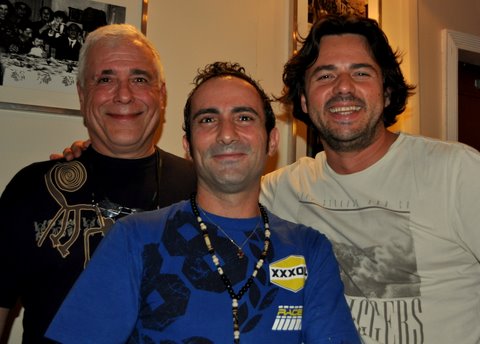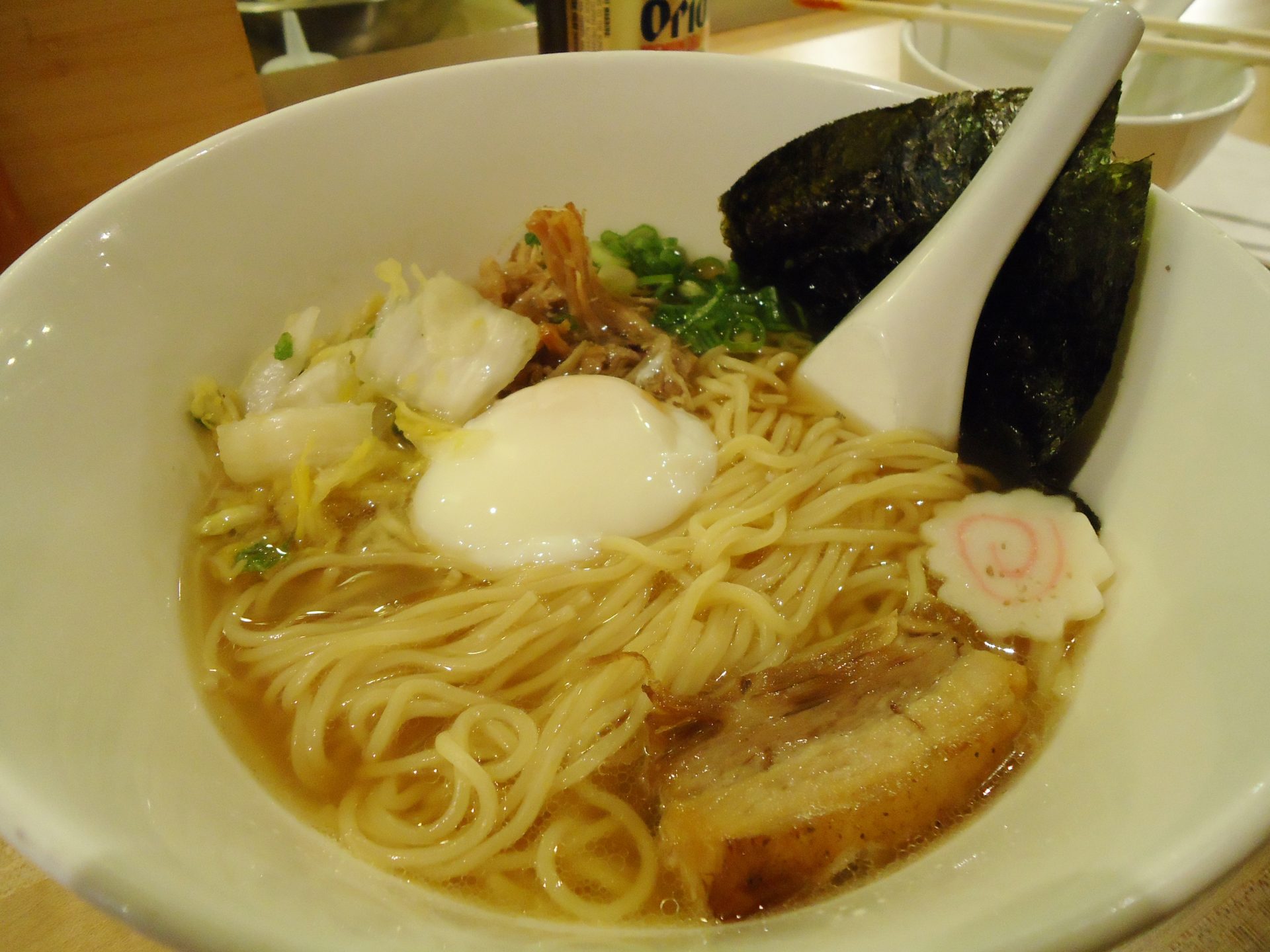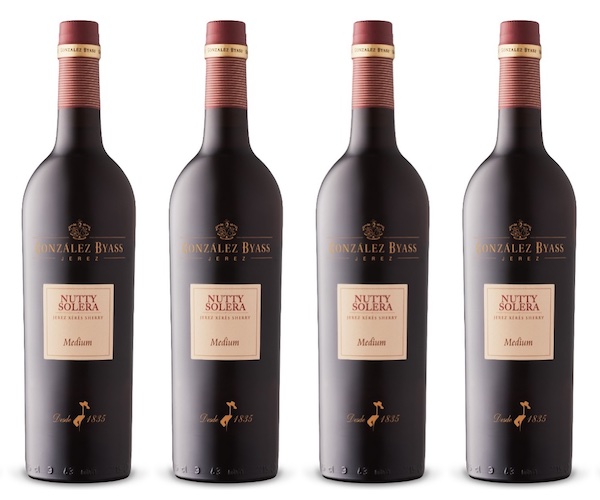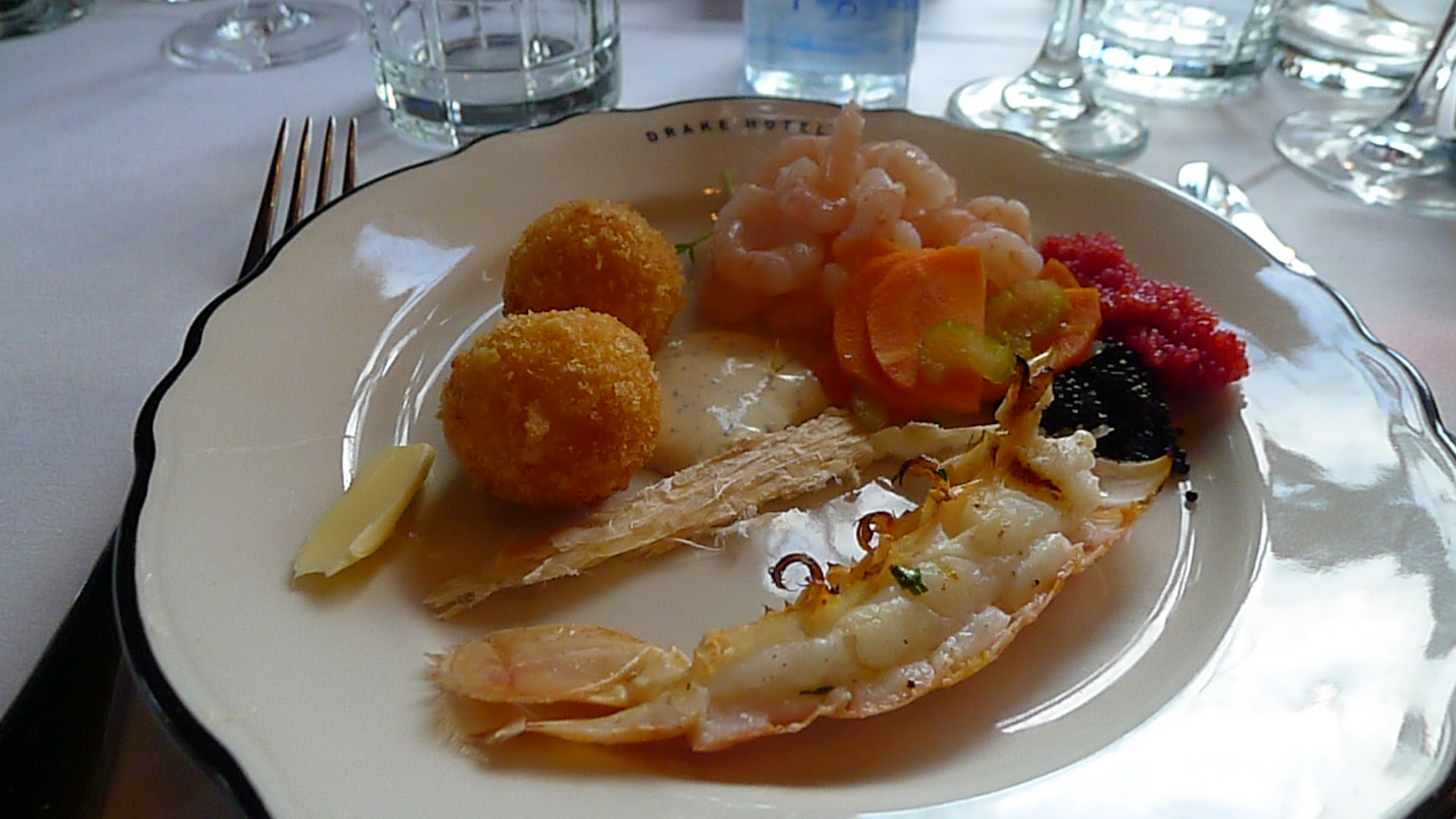By Zoltan Szabo
The name comes from Port of Pisco and the earthenware storage jars used back in the day that were called “pisco”, although it also means “bird” in the language of the Quechua people, the aboriginals of Peru.
Born out of repression, due to a ban of exports of Peruvian wines to Spain by the king of the Spaniards somewhere around the 1500s, it became popular at the start of the gold rush when Peruvians (and Chileans) took pisco north to California, and its popularity just grew throughout Prohibition apparently…
Many people mistakenly dismiss pisco, stating that “it’s like grappa”, when it’s so very different. Pisco is made from whole grapes and not the remains of winemaking, furthermore, it’s distilled only once.
The INDECOPI, the regulating body behind pisco production, oversees and controls production, with CONAPISCO, a deliberative organization, looking after the interests of pisco makers.
Pisco has to come from specific areas, it has to be made from specific grapes (about eight of them, mostly aromatic varieties originating from Spain, but known under local names), and it has to be in within a certain alcoholic content, usually 32 to 48% per volume.
Much pisco is made from a single variety of grape, yet blending is very popular, the blended versions are referred to as “acholado”.
It is said that “mosto verde” was originally created for women, by arresting the distillation process to produce a less alcoholic and smoother spirit.
Recently, I have tasted a few amazing pisco, both single varietal and acholado, throughout an incredibly fun evening, and I won’t describe the night, you can just let your imagination run wild…
Cholo Matias – made for 100% Torontel grapes coming from the Ica DOC, possessing an alcoholic strength of 40.6%. White licorice candy, vegetal, earth – salty – raw fish nuances on its nose are already making hair on your chest grow just by smelling it. It is full and round with integrated alcohols and very good overall complexity and balance.
Tres Generaciones – this is “mosto verde” made from the Quebranta grape grown in Ica. Really intriguing notes of aloe vera, cassis, mint, spicy tobacco and fresh – turned earth here. Plush, tasty and feminine, and 40% alcohol just adding to the fun of drinking it.
Campo de Encante – “echolado” made from Quebranta, Moscatel, Torontel and Italia grapes from the Valle de Ica DOC. Pure and delicate, mild – tasting with floral – potpourri – medicinal box, tropical fruits accents. Delicious and so very easy – drinking, yet there’s 42.5% alcohol in it, which you don’t even feel, so watch out, boys and gals…!
Torre de La Gala – 100% Italia grapes from the Areqipa DOC with 39% alcohol per volume, only… This is a pretty, aromatic, floral – lavender smelling, mild and girly pisco. Soft and smooth, I mixed it with a bit of chicha morada (Peruvian purple and red corn juice).
Campo de Encante – 100% Quebranta grapes from Valle de Ica, 42.5% alcohol, white blossoms, menthol, spicy and sweet smelling, yet it’s sharp, clean and straightforward over the palate. Drinking it neat, no ice, no nothing, nor mambo jumbo, served at cellar temperature, will certainly give you a macho drive…
So, here’s what I’m saying, play with pisco, try ir neat, or create your own cocktail, the sky is the limit, be courageous and think outside the box.
Sadly, not too many pisco are available in Ontario, but the LCBO features a few occasionally, you can private order the fine elixir from piscobarcorner.com
Oh yeah, hoping you get that pisco originates from Peru and not from Chile, although the popular pisco sour cocktail may make you believe otherwise…
And yes, heard that pisco infused with coca tea leaf and maca root, well, think of Red Bull meets Viagara, go figure, I will let you experience this on your own…
Note to creative bartenders, please send me your best pisco cocktail recipe, and I will give you a credit.









Thanks Zoltan for a wonderful and informative review!
Your readers may like to know that we are bringing in all the premium pisco brands you mention by mid February. For further information, and if they wish to order, they can visit http://www.piscobarcorner.com, or contact us by emailing Yamri Taddese at , or leave a message at 416-901-0988, and we will get back to them as soon as we have information.
Best wishes and kind regards,
Andres Machalski
President
PiscoBar Corner
a division of MIREMS Ltd.
Yamri’s email is yamri@piscobarcorner.com. Sorry about that.